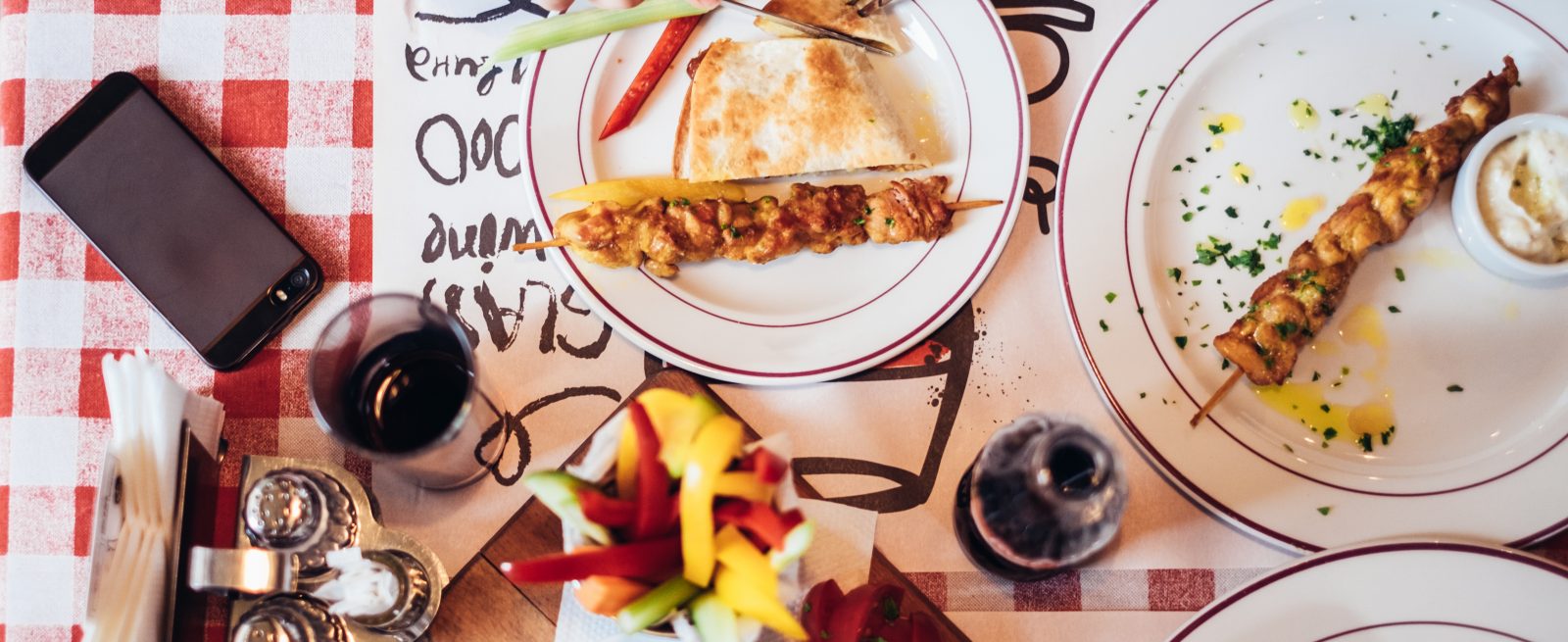The Lost Art of Core Operations
3 Min Read By MRM Staff
With 25 years of experience in the restaurant industry, Greg Plester has worked in every position from chef to multi-unit manager for corporate restaurants and independently owned ones. He earned a reputation as a "fixer" as he was sent to more than 30 restaurants to evaluate, plan and implement measurable actions.
Plester is now Team Lead at Core Hospitality, where he focuses on believing in the development and engagement of people and empowering them to make the best guest experience decisions.
"Being in the age of 'now' and 'immediate recognition' good or bad, the hiring pool wants to be trained, they want feedback and they want to believe in something bigger then a checklist," he tells Modern Restaurant Management (MRM) magazine. "Since all of our markets are shrinking due to competition it is more vital then ever that we start reflecting back on the basic hospitality principles we were all founded."

What are the core fundamentals of running a restaurant?
Great food, great service, great atmosphere and great value. These are the basic four principles of running a food service operation. Sounds easy but unfortunately there are many spinning plates involved.
People, processes and profits are the three pillars that we as leaders focus on to execute great food, service, atmosphere and value.
To simplify it further, people, processes and profits are the three pillars that we as leaders focus on to execute great food, service, atmosphere and value. Investing in the development of our people, implementing the processes and systems that drive high execution standards and being financially responsible so you can reinvest in the business are critical.
What are the different challenges for the different restaurant types?
The staff hiring, training and retention is by far the biggest challenge. Labor costs and general controllable costs rising consistently with nowhere for owners and operators to offset those costs.
Restaurants end up cutting costs that jeopardize execution standards because they can only increase the menu so much. It is a really bad cycle right now.
What are common mistakes owners/operators and managers make?
80 / 20 percent rule. Delegate, develop leadership and put your hand up and seek advice. There are a lot of support platforms out there for business operators to leverage. Not just consultants but people who focus on strategize operations systems and training. Restaurantrockstars.com hosts weekly podcasts that are very informative and entertaining, core-hospitality.com has a variety of support offerings. Things that can really move the needle, not all pie in the sky theory.
Staffing and retention remain an industry-wide problem that seems to be worse, in what ways can owners engage their staff?
Leadership presence is number one. Just give the managers/leaders of the business the wiggle room to work with their people on not only the front lines, but through training seminars, building recognition programs, weekly interviews and staff one on ones. The labor pool wants feedback, good or bad.
Some only keys to retention are:
- 30 second greet every candidate
- One person should be signing off on final interviews
- Hire based on soft skills and character rather hard skills and experience
- Offer the staff a star search program to get friends in. This works especially welll with your great staff. Get their friends in ASAP
Overall it just needs to be a priority and proactive. It should be part of manager meeting discussions, manager one on ones. Measure staffing levels in your weekly reporting.
What are some restaurant operational trends you are noticing?
There are a number of things trending right now. Online ordering and delivery is a must now. People just do not want to wait they are more then happy to pay a little more and get it delivered.
Local sources and freshly prepared are still something that your menu should reflect. It doesn’t need to be your whole menu, but a few things should be highlighted. The old QSR franchise models are failing against the new “Food Truck” type QSR models that typically highlight “artisan” flavours, sourcing and creation.
Finally , value! All the pieces need to come together to show that you are giving great value for the new consumer. The product needs to be high quality, local and made in house. Service needs to have an energy and flair more than ever and the atmosphere has to reflect the brand image.

